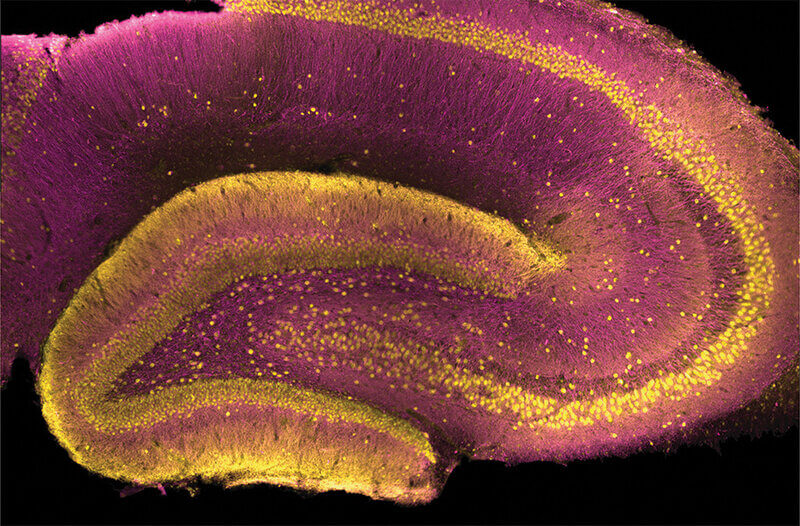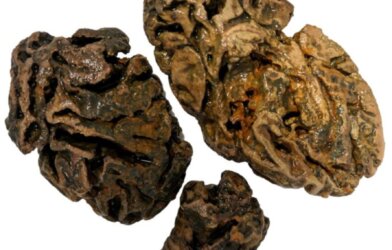For decades, attempts to diagnose schizophrenia with certainty generated more frustration than success. Now, a recent breakthrough reveals the identification of a particular protein and a specific location in the brain where schizophrenia may originate. Knowing where to look and what to look for could help identify those at risk before the disorder strikes.
These are steps closer to a time when the diagnosis of schizophrenia does not steal a sense of personal identity or control one’s life, scientists believe.
Schizophrenia is a mental disorder characterized by delusions, hallucinations, disorganized thoughts, speech, and behavior. There are about three million new cases in the United States per year. The age at diagnosis is usually 18-35 years. It is more common in males than females.
Researchers at the USC Dornsife College of Letters, Arts and Sciences in Los Angeles studied a protein called synapse-associated protein 97 (SAP97). Found in neurons in the brain, its anatomic region, function, and site of activity were a mystery for many years. The protein is one of several that regulate signaling between neurons by the neurotransmitter glutamate, which influences memory acquisition and storage.
Recently, scientists discovered that genetic mutations which inhibit the action of SAP97 can lead to schizophrenia. People with these mutations are 40 times more likely to develop schizophrenia than those without the mutations.
“Our study reveals where SAP97 functions in the brain and shows exactly what schizophrenia-associated mutations in this protein do to neurons,” says Bruce Herring, an assistant professor of biological sciences at USC Dornsife.
No SAP97 activity was found in commonly studied brain regions. Herring’s group chose to study a different region of the brain called the dentate gyrus, located within the hippocampus. The dentate gyrus controls contextual episodic memory — the conscious recollections of experiences that include what, when, and where the experiences happened.
The researchers studied changes in activity in neurons of the dentate gyrus of rats. Those with reduced SAP97 function showed increased glutamate signaling, suggesting that the protein dampens glutamate signaling within the dentate gyrus. The increases in glutamatergic signaling in the dentate gyrus produced significant deficits in contextual episodic memory in rodents — a hallmark of schizophrenia.
Herring plans to look for SAP97 activity in other areas of the brain. His team will also try to determine whether schizophrenia-linked mutations in other proteins produce similar increases in glutamate signaling in the dentate gyrus.
The study is published in the journal Nature Communications.












